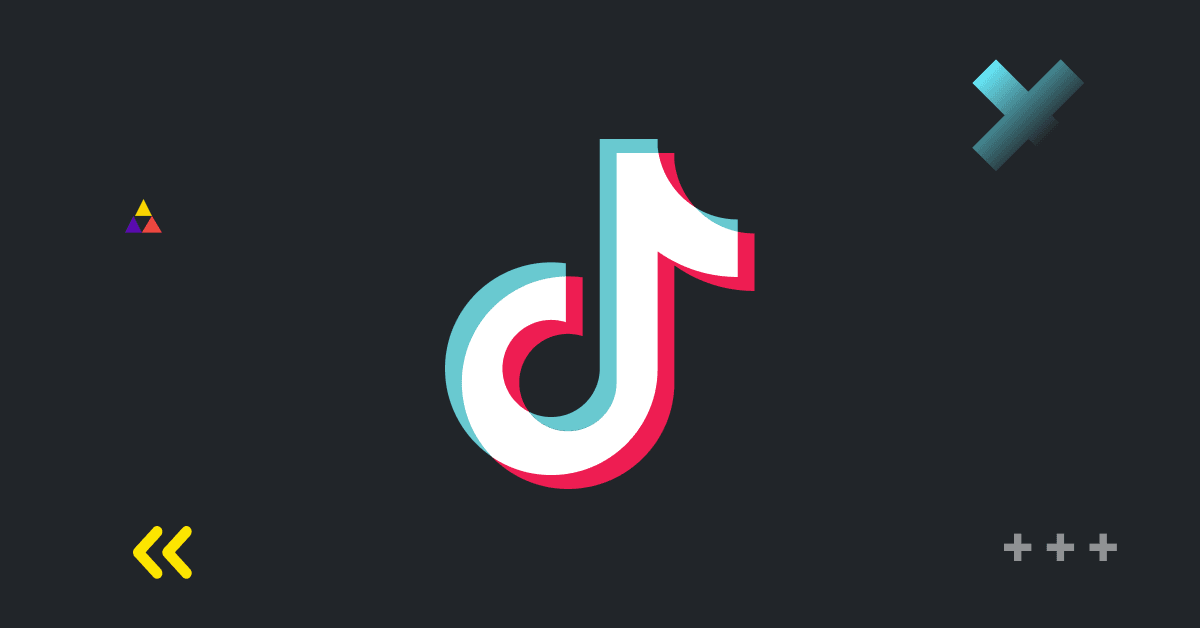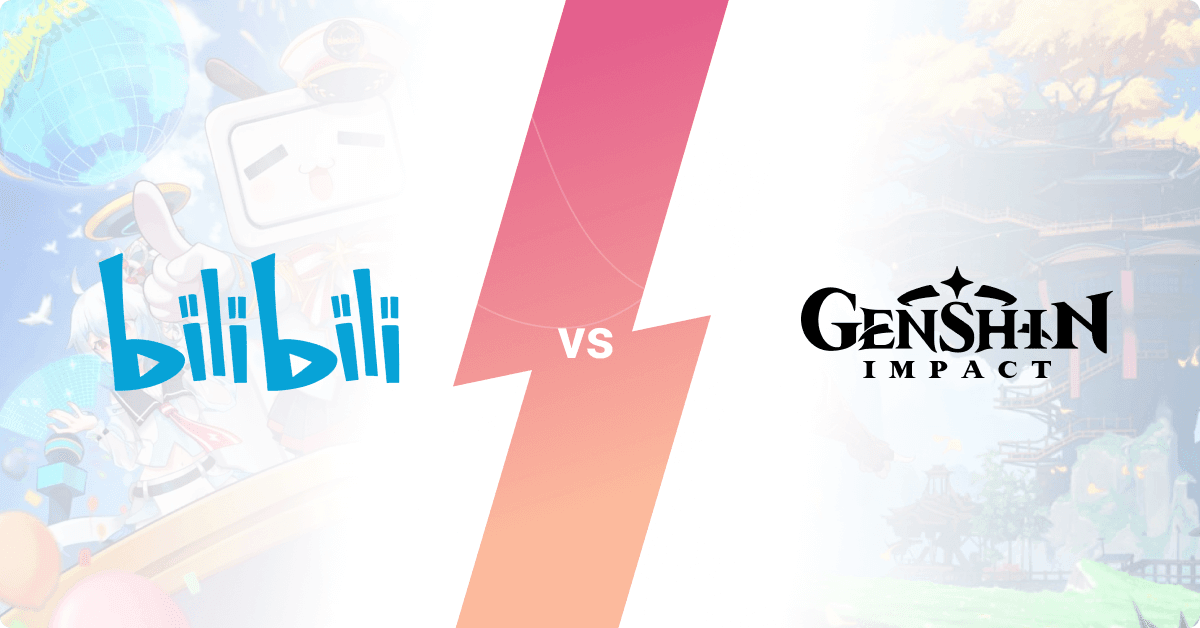Learn what is mobile app engagement, as well as how to track and measure it. I’ve also included tips for increasing engagement metrics for your mobile app.
What Is Mobile App Engagement?
Mobile app engagement is about how users interact with your app.
It includes how often they use it, how long they stay on it, and what actions they take while using it.
It’s a way to measure if people find your app interesting and useful.
How to Measure Mobile App Engagement?
To measure and track app engagement, use app analytics tools that collect data on how users interact with your app.
Here’s a step-by-step process.
Choose an Analytics Tool
Select an analytics tool like Google Analytics for Firebase, Mixpanel, or Flurry. These tools offer detailed insights into user behavior.
Integrate the Tool with Your App
Add the analytics SDK (Software Development Kit) to your app’s code. This allows the tool to start collecting data on user interactions.
Set Up Event Tracking
Define the specific actions you want to track, such as app launches, button clicks, or purchases. These actions are called events.
Define User Properties
Set up user properties to track details about your users, like their location, device type, or app version they are using.
Monitor and Analyze Data
Regularly check the analytics dashboard to see the collected data. Look for trends and patterns to understand how users are engaging with your app.
Adjust and Optimize
Based on the data, make changes to your app to improve user engagement. This could include updating features, fixing bugs, or improving the user interface.
Essential Mobile App Engagement Metrics to Track Mobile
Here are some essential app engagement metrics you should know about.
Daily Active Users (DAU)
Daily active users is the number of unique users who interact with your app each day.
Monthly Active Users (MAU)
The number of unique users who interact with your app each month.
Session Length
Session length is the amount of time a user spends in your app during a single session.
Retention Rate
User retention is the percentage of users who return to your app after their first visit, usually measured at intervals like 1 day, 7 days, or 30 days.
Session Interval
Session interval is the time between two consecutive sessions of a user.
Screen Flow
The path users take through your app, showing the sequence of screens or pages they visit.
In-App Actions
Specific actions users take within your app, such as making a purchase, completing a level, or sharing content.
Lifetime Value (LTV)
Lifetime value is the predicted revenue a user will generate during their entire relationship with your app.
Churn Rate
Churn rate is the percentage of users who stop using your app over a specific period.
User Feedback and Reviews
Ratings and comments from users that provide qualitative data about their experience.
Push Notification Response Rate
The percentage of users who respond to push notifications by opening your app.
App Engagement Strategy: How to Increase App Engagement?
Increasing app engagement involves implementing specific tactics to make your app more appealing and valuable to users.
Here are some steps you can take.
Improve Onboarding Experience
- Simplify Sign-Up: Make the sign-up process quick and easy.
- Guided Tutorials: Provide step-by-step guides and tutorials to help new users understand how to use the app’s features.
- Highlight Value: Clearly show users the benefits and unique features of your app early on.
Personalize User Experience
- Custom Recommendations: Use data to offer personalized content, product recommendations, or features.
- Dynamic Content: Adjust the app’s interface and content based on user behavior and preferences.
Use Push Notifications Wisely
- Relevant Notifications: Send notifications that are timely, have good copy, and relevant to the user.
- Behavior-Based Triggers: Trigger notifications based on user actions within the app.
Implement Gamification
- Rewards and Achievements: Introduce badges, points, and rewards for completing certain actions or reaching milestones.
- Challenges and Competitions: Create challenges or competitions to encourage regular use and engagement.
Regularly Update Content
- New Features: Continuously add and announce new features.
- Fresh Content: Keep the app updated with fresh and relevant content.
Foster Community Engagement
- Social Features: Integrate social sharing and interaction features.
- User-Generated Content: Allow users to create and share their own content within the app.
- Community Forums: Provide forums or chat features for users to connect and interact.
Provide Excellent Customer Support
- In-App Support: Offer in-app customer support options like live chat or help centers.
- Responsive Feedback: Quickly respond to user feedback and issues.
Use In-App Messaging
- Contextual Messages: Provide tips and suggestions within the app based on user actions.
- Promotions and Offers: Highlight special promotions or offers directly within the app.
Analyze and Optimize
- A/B Testing: Regularly test different features, layouts, and messages to see what works best.
- User Feedback: Continuously gather and act on user feedback to improve the app.
What are Mobile App Engagement Campaigns?
Mobile app engagement campaigns are marketing strategies designed to increase user interaction with an app.
These campaigns can include:
- Push Notification Campaigns: Sending targeted messages to users to prompt specific actions.
- Email Campaigns: Sending personalized emails to re-engage users.
- In-App Messaging: Displaying messages within the app to guide users or promote features.
- Social Media Campaigns: Using social platforms to drive engagement through contests, promotions, or user-generated content.
- Loyalty Programs: Offering rewards for frequent use or specific actions within the app.
- Retention Campaigns: Strategies aimed at bringing back lapsed users.
Top App Engagement Analytics Platforms
As I mentioned before, tracking and measuring user engagement is the easiest when using analytics platforms.
Here are the best ones.
Google Analytics for Firebase
Google Analytics for Firebase offers comprehensive tracking for both iOS and Android apps. It provides insights into user behavior, engagement, and retention, along with integration with other Firebase tools.
Mixpanel
Mixpanel focuses on event-based tracking and provides detailed insights into user actions. It offers advanced features like cohort analysis, A/B testing, and push notifications.
Amplitude
Amplitude specializes in product analytics and provides detailed insights into user behavior and engagement. It offers features like behavioral cohort analysis, funnel analysis, and real-time tracking.
App Annie
App Annie combines app market data with user engagement analytics. It provides insights into user behavior, competitive analysis, and market trends.
Localytics
Localytics offers a comprehensive suite of analytics and marketing tools. It includes user segmentation, in-app messaging, push notifications, and A/B testing.
Adjust
Adjust focuses on mobile app attribution and analytics. It provides insights into user acquisition, engagement, and retention, along with advanced fraud prevention features.
CleverTap
CleverTap combines analytics with marketing automation. It offers features like user segmentation, personalized messaging, A/B testing, and real-time analytics.
Appsflyer
Appsflyer provides mobile attribution and marketing analytics. It helps track user acquisition campaigns, measure user engagement, and optimize marketing efforts.
Flurry Analytics
Flurry Analytics, provided by Yahoo, offers in-depth analytics for mobile apps. It includes user behavior tracking, session analysis, and user segmentation.
Mobile App Engagement Statistics
Here are some recent app engagement statistics you can use as a benchmark for your app.
Average Engagement Rates
Overall Engagement Rates
The engagement rate for mobile apps can vary widely depending on the industry. Generally, a good engagement rate for mobile apps falls between 20% to 30%.
Engagement rates above 30% are excellent and indicate a highly engaged user base.
This is often seen in apps that provide high-value content or services that users frequently return to.
Specific Industry Benchmarks
- Retail Apps: Typically see an average engagement rate of around 22% with a high annual retention rate of 39%.
- Healthcare Apps: These have lower interaction rates, averaging 17%, with a 31% 90-day retention rate.
- Finance Apps: Financial apps show an average interaction rate of 38%, and higher retention rates compared to fintech and insurance apps.
- Travel Apps: These apps generally have an engagement rate of about 18%, with a 29% 90-day retention rate.
- Media and Entertainment Apps: These see high interaction rates, averaging 29%, with news apps showing the highest engagement.
Global App Usage
- In 2023, there were approximately 257 billion app installs globally, representing a slight increase from previous years. (Amity Social)
- Users spent an average of 5.01 hours per day on mobile apps in 2023.
- The average smartphone owner uses 9-10 apps per day and about 30 apps per month.
Time Spent on Apps
According to SensorTower, the most time spent by global users in 2023 was on entertainment (YouTube, TikTok) and social media apps (WhatsApp, Facebook).
Utility and productivity apps were also highly used, despite entertainment apps taking the top spots.
Retention and Churn
Daily retention rates across iOS and Android dropped by 12% in 2023. Transportation, photo & video, and travel apps saw growth, while casino & gambling, dating, and social media apps experienced declines. (Statista)
Food and drink apps had an improved retention rate, reaching about 14% after one month.
The uninstall rate improved by 10% in 2023 but remained high at 45%, with dating apps having the highest uninstall rate on Android at 64%.
User Engagement
About 70% of apps doubled their user engagement after integrating an in-app chat feature.
Engaged users are significantly more likely to convert and remain loyal, with engaged users being 63% less likely to churn.
Monetization and Spending
In-app spending reached a new record of $67.5 billion in the first half of 2023. (SensorTower)
Consumers tend to spend more on apps in the last quarter of the year, with spending often doubling during this period.
Boost Mobile App Engagement with Udonis
If you need help acquiring high-quality users for your mobile app or game, make sure to reach out.
As an experienced mobile app marketing agency, we’re experts in acquiring engaged users who will keep using your app after the initial install.







Comments